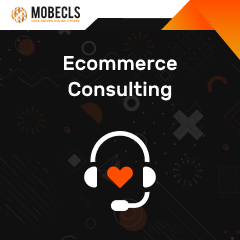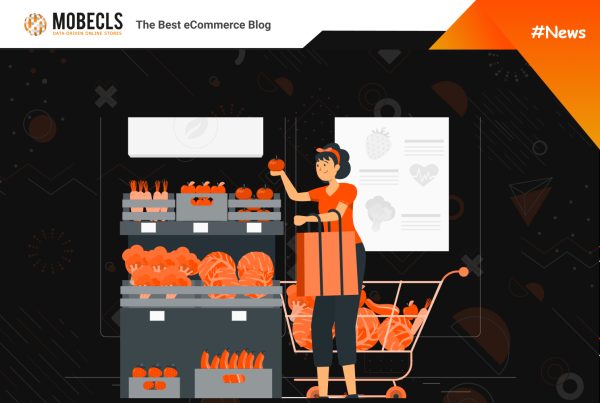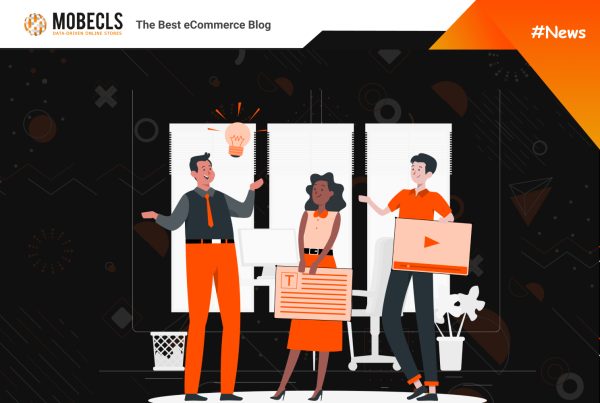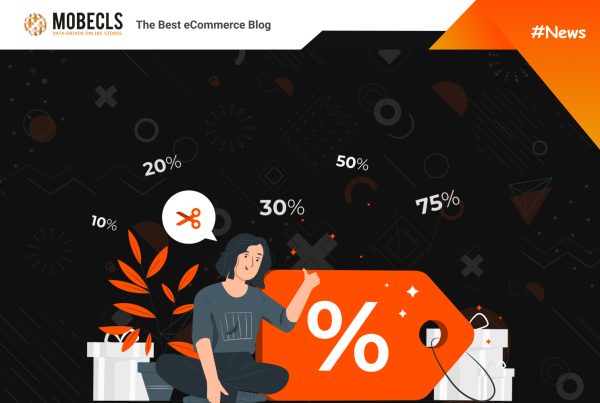Understanding the customers’ decision-making mechanism allows online merchants to improve their visibility and provide better customer experience.
In this article, we’ll take a closer look at the eCommerce customer decision making model.
The eCommerce Customer Decision Making Model
Understanding the mechanism of the purchasing process is essential for the company, which can thus analyze the reaction of its target at each stage to optimize its visibility and its profitability.
Each of the steps having been highlighted according to the behavior of the consumer, the purchasing process allows the company to improve the customer experience it offers to its users, whether in store or online.
It can then use its new knowledge to establish its marketing strategy and adjust its actions. By knowing the needs of its future customers, it is able to present the right solution, at the right time, to the right interlocutor, on the right channels.
Stage 1. Recognition of Need
The client notices a lack or a need. It is to fill the gap between the desired situation and his current situation that he decides to make a purchase.
Example: a self-employed professional notices that he wastes a lot of time making his appointments on paper. He needs to find a solution to digitize appointment booking and allow his customers to act independently.
During this phase, it is important to understand what triggers the need for the customer to use it in his marketing actions. Communication and marketing will thus be able to send the right stimuli to the right people. Here, do not hesitate to establish personas to analyze the needs of your target.
Stage 2. Search for Solution
Now that the customer has identified a lack, they start to search for product or service that will fill it. This research is done internally or externally, depending on the need felt by the client.
This phase takes more or less time depending on the good or service sought by the customer.
Example: in his search for software dedicated to making appointments online, the professional questions his colleagues and goes on the Internet to find a suitable solution.
The objective for the company is to identify the sources used by the customer and to use these channels in order to deliver the right message to the right place.
Stage 3. Options Comparison
The client identified several interesting solutions. To make the choice, the person must compare each offer. It’s possible to do the next ways:
- Ask for the opinions of his personal and professional entourage;
- Read user reviews on the Internet;
- Seek advice from store clerks;
- Rely on comparative studies.
Their preferences as well as their personal and/or professional needs will serve as filters to help them make the right choice.
Example: the professional found several tools dedicated to making appointments during his search. He must now compare the offers by studying, for example, their functionalities, their compatibility with the tools he is already equipped with or their prices.
It is then for the company to propose a relevant and differentiating solution with regard to the needs of the customer. You have to demonstrate your positioning and highlight the superiority of your offer compared to those of your competitors.
Stage 4: Decision Making
The customer makes his choice from the elements that are in his possession. He buys and installs the selected solution. The purchase can be the result of intense reflection or more impulsiveness. When it comes to an object, it can be new or used. The purchase can be made in store or on the Internet, by invitation to tender or by mutual agreement, in particular.
Example: the professional opts for appointment scheduling software that integrates with his current CRM. He chooses a solution with responsive customer service to be advised in the event of a problem.
The goal here is for the customer to buy the company’s solution. The marketing and communication strategy must push it in this direction.
Stage 5: Post-Purchase Evaluation
During this phase, the customer evaluates the product. He determines if it really brings him what he expected. The greater the investment, the greater the return on experience. The consumer thus provides feedback by talking about the solution:
- On dedicated online review sites;
- At home, work, etc.;
- On social networks.
Example: after several weeks of use, the professional gives his opinion on the chosen tool on the company’s Facebook page. He also contacts the company’s sales representative to share his feedback.
The goal is to encourage satisfied customers to give their opinion on the purchased product. To do this, you have to offer a quality product, but also pay attention to details such as the instructions for use or the quality of the packaging. This is an important phase for the company which seeks to improve its reputation and its image with its target.
 If you want to be ahead of your competitors and make sales, you need a solid online business strategy, which is vital for both eCommerce newcomers and already established businesses. If you have doubts about your eCommerce strategy or don’t have it, we’ll help you fix or create it.
If you want to be ahead of your competitors and make sales, you need a solid online business strategy, which is vital for both eCommerce newcomers and already established businesses. If you have doubts about your eCommerce strategy or don’t have it, we’ll help you fix or create it.




